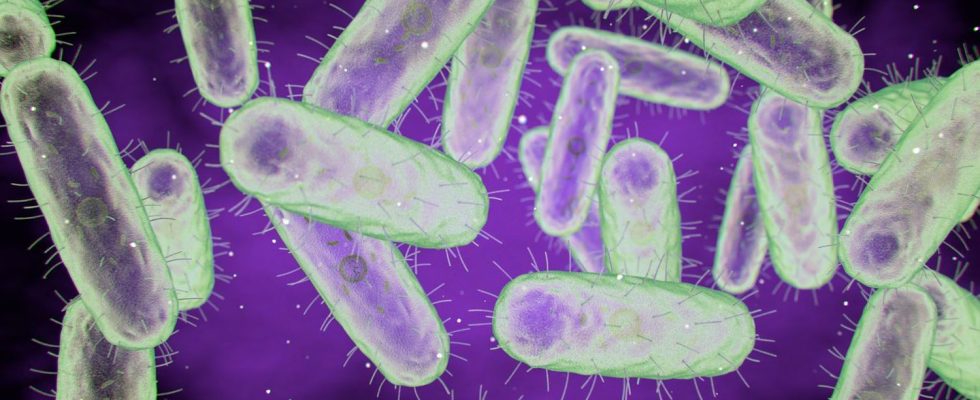The patient is currently undergoing treatment and was likely infected by his cat.

Published
Reading time: 1 min

A rare human case of bubonic plague was recently identified in the United States, in Oregon, according to local health authorities, Wednesday February 14. The disease, which caused the Black Death, a pandemic that killed at least a third of Europe’s population in the Middle Ages, is rare in developed countries and can now be treated, but remains potentially dangerous.
The patient resides in Deschutes County, in the northwest United States. He is currently undergoing treatment and was probably infected by his cat. “All close contacts of the resident and their pet have been contacted and given medication to prevent illness”explained the Deschutes County health officer when announcing the case last week.
Fever, nausea, chills
According to authorities, symptoms of plague in humans appear up to eight days after exposure to a sick animal or flea. Symptoms may include fever, nausea, weakness, chills and muscle pain. If not diagnosed in time, bubonic plague can progress to septicemic plague – an infection of the bloodstream – or pneumonic plague, which affects the lungs. These two diseases are much more serious.
“Fortunately, this case was identified and treated in the early stages of the disease, posing little risk to the community”assured the authorities in a press release. “No other cases of plague appeared during the investigation”they clarified.
According to the Centers for Disease Control and Prevention, the main federal health agency, there are an average of seven cases of plague in humans each year in the United States. In Oregon, the last reported case of bubonic plague dates back to 2015, according to the health administration of this state of more than 4.2 million inhabitants.

